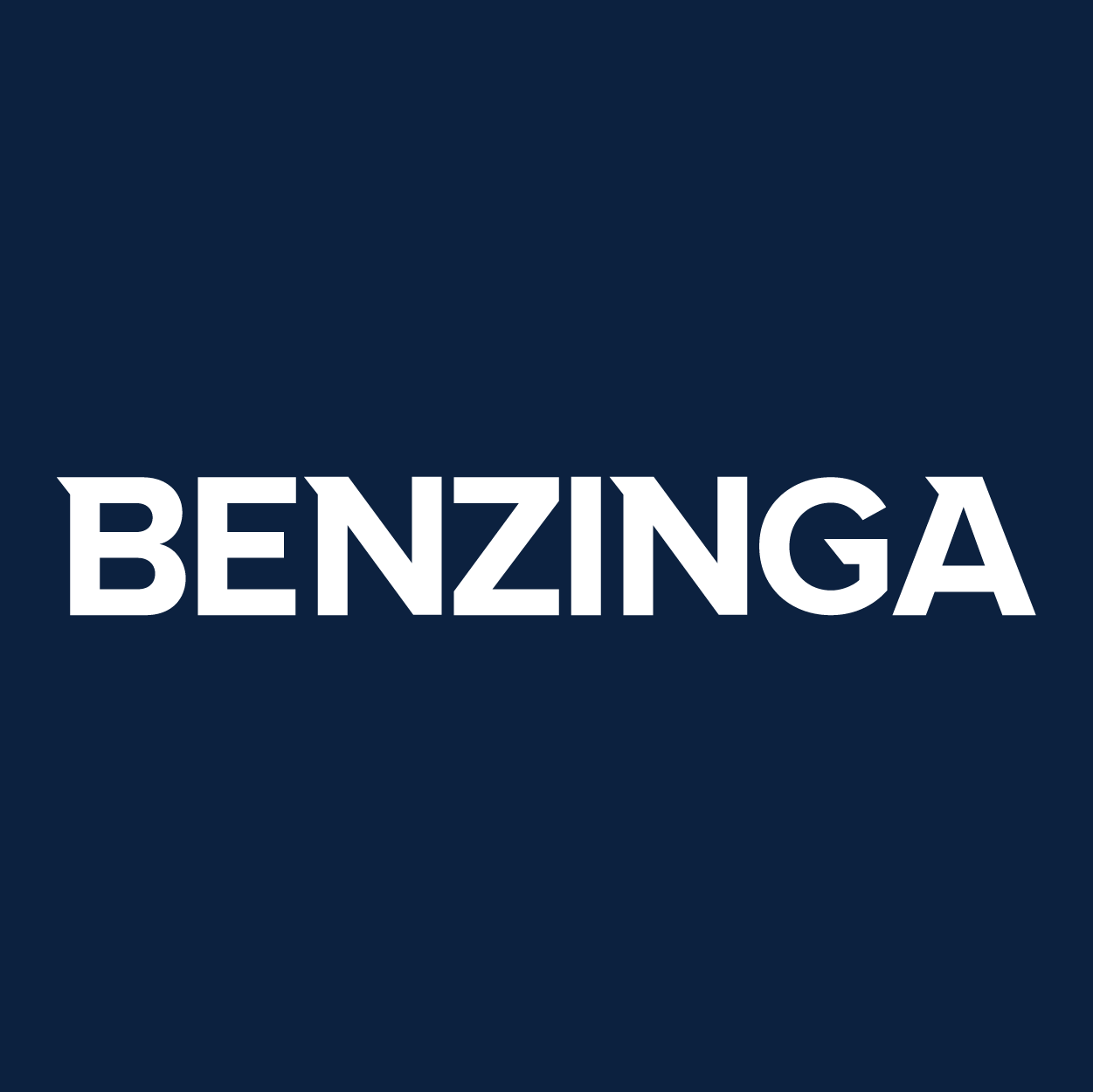
"Amidst the fast-paced and highly competitive business environment of today, conducting comprehensive company analysis is essential for investors and industry enthusiasts. In this article, we will delve into an extensive industry comparison, evaluating Meta Platforms (NASDAQ:META) in comparison to its major competitors within the Interactive Media & Services industry. By analyzing critical financial metrics, market position, and growth potential, our objective is to provide valuable insights for investors and offer a deeper understanding of company's performance in the industry."
"Meta is the largest social media company in the world, boasting close to 4 billion monthly active users worldwide. The firm's "Family of Apps," its core business, consists of Facebook, Instagram, Messenger, and WhatsApp. End users can leverage these applications for a variety of different purposes, from keeping in touch with friends to following celebrities and running digital businesses for free. Meta packages customer data, gleaned from its application ecosystem and sells ads to digital advertisers."
"The debt-to-equity (D/E) ratio assesses the extent to which a company relies on borrowed funds compared to its equity. Considering the debt-to-equity ratio in industry comparisons allows for a concise evaluation of a company's financial health and risk profile, aiding in informed decision-making. By analyzing Meta Platforms in relation to its top 4 peers based on the Debt-to-Equity ratio, the following insights can be derived:"
Meta Platforms operates a global Family of Apps—Facebook, Instagram, Messenger, and WhatsApp—serving nearly four billion monthly active users and monetizing user data through digital advertising. The company enables personal communication, content-following, and free digital business activities across its apps. Revenue is primarily ad-driven while Reality Labs receives heavy investment but contributes minimally to overall sales. Debt-to-equity analysis shows Meta maintains a low ratio of 0.25, indicating reduced reliance on debt financing compared with top industry peers. Lower leverage suggests stronger financial stability and lower risk. Industry comparisons use critical financial metrics, market position, and growth potential to inform investor decisions.
Read at Benzinga
Unable to calculate read time
Collection
[
|
...
]